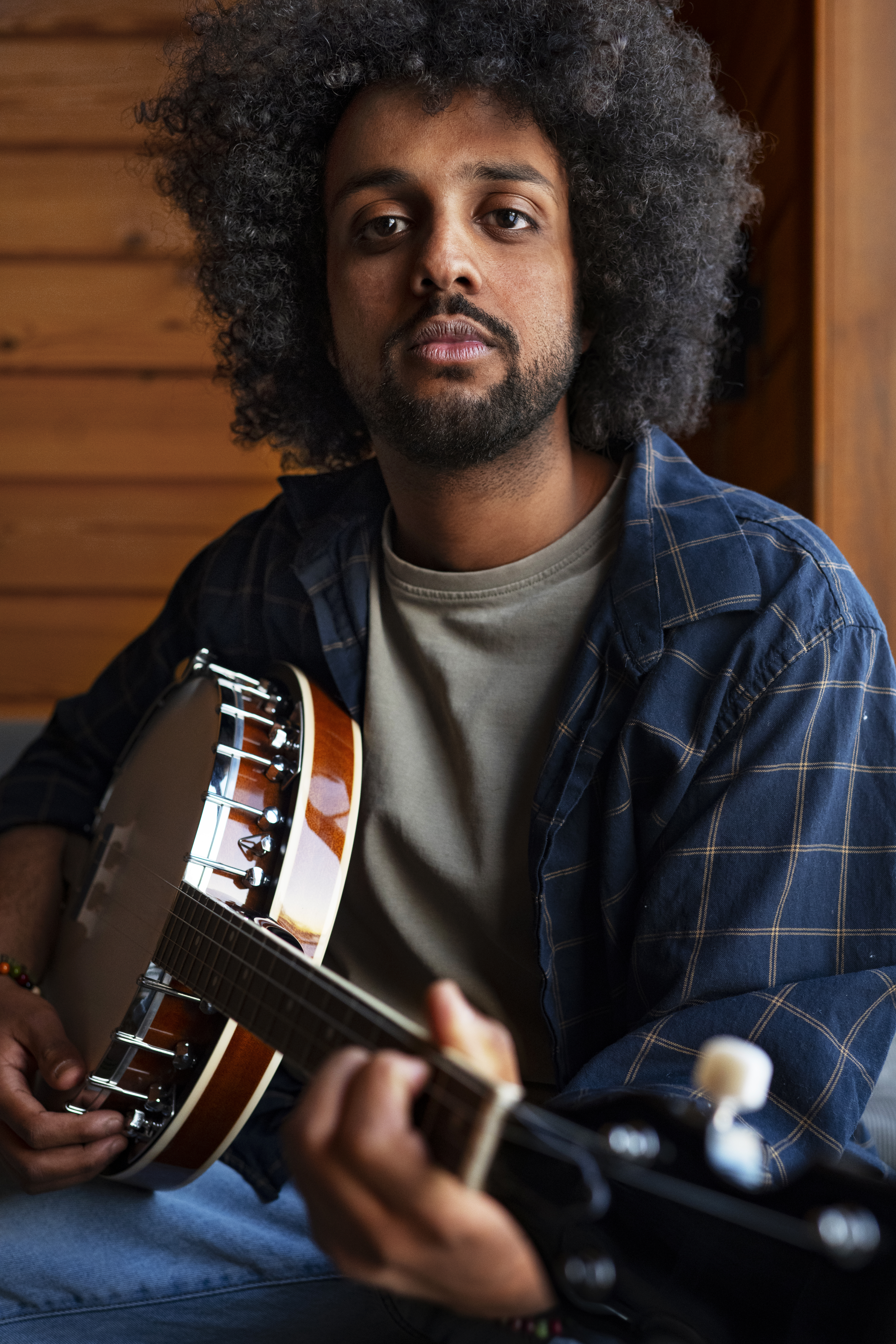
Discovering Somali Traditional Arts and Music: A Treasure of Culture
Somalia, often called the “Nation of Poets,” is a land rich in traditions that have been passed down through generations. Despite challenges, Somali culture thrives through its art, music, and stories. Traditional arts are not just a form of entertainment—they are a profound expression of Somali identity. Let’s take a closer look at the role of poetry, music, and dance in Somali culture.
Somali Poetry: A Language of the Soul
Poetry is central to Somali culture, woven deeply into the lives of its people. Often referred to as the “art of the tongue,” Somali poetry reflects everything from love and loss to political resistance and social change. It serves as a historical record, capturing the struggles and victories of the Somali people.
Traditionally, poetry is performed orally, with each poem carefully structured and packed with meaning. The use of alliteration and metaphor gives Somali poetry its distinct style. One unique tradition is gabay, long-form poetry used for storytelling and debate. In these poetic battles, poets creatively challenge each other, making it as much a cultural sport as it is an art form.
Poetry also plays a role in social cohesion. It is used to mediate conflicts, honor loved ones, and celebrate milestones like weddings or births. In Somali communities worldwide, poetry remains a source of pride, connecting individuals to their heritage.
The Vibrant World of Somali Dance
Somali traditional dances are an essential part of celebrations, from weddings to national holidays. They are not just performances but communal experiences that bring people together.
The Dhaanto is one of Somalia’s most famous dances. Originating among nomadic herders, it is characterized by energetic movements and synchronized clapping. The dance is often accompanied by a drumbeat or rhythmic singing, creating a lively atmosphere. Dhaanto embodies the spirit of Somali resilience and joy, making it a cherished part of any celebration.
Buraanbur, in contrast, is more graceful and often performed by women. It combines poetic singing with elegant movements, focusing on themes like love, family, and cultural pride. Watching a Buraanbur performance is not just entertaining—it’s a journey through the emotions and values of Somali life.
Somali Music: Blending Tradition with Modernity
Music in Somali culture is diverse and evolving, reflecting the influences of Africa, the Middle East, and beyond. Traditional Somali music often features the oud, a stringed instrument, alongside percussion. Songs tell stories of love, hardship, and hope, resonating with listeners on a deep level.
In recent years, Somali artists have fused traditional music with contemporary genres like hip-hop and Afrobeat. This modern twist helps introduce Somali culture to a global audience while keeping its essence alive. Artists in the diaspora, in particular, are instrumental in bridging old and new, ensuring that Somali music continues to inspire across generations.
Preserving Culture Through Arts
Why are these art forms so important? For Somali people, traditional arts are more than entertainment—they are a link to their history and identity. In times of hardship, these traditions have served as a source of strength and unity. They remind Somalis of who they are and where they come from, no matter where they are in the world.
In the diaspora, efforts to preserve Somali arts are growing. Cultural festivals, workshops, and online platforms have become spaces where young Somalis can learn and appreciate their heritage. By passing on these traditions, Somali communities ensure that their culture remains vibrant and relevant.
How You Can Explore Somali Arts
If you’re curious about Somali culture, here are a few ways to dive in:
- Watch videos of Dhaanto or Buraanbur performances to experience the energy and elegance of Somali dances.
- Listen to Somali music, from traditional songs to modern tracks by diaspora artists.
- Read or listen to Somali poetry to understand its rich storytelling tradition.
- Attend Somali cultural events, either in person or online, to connect with this vibrant heritage.

